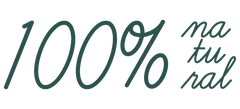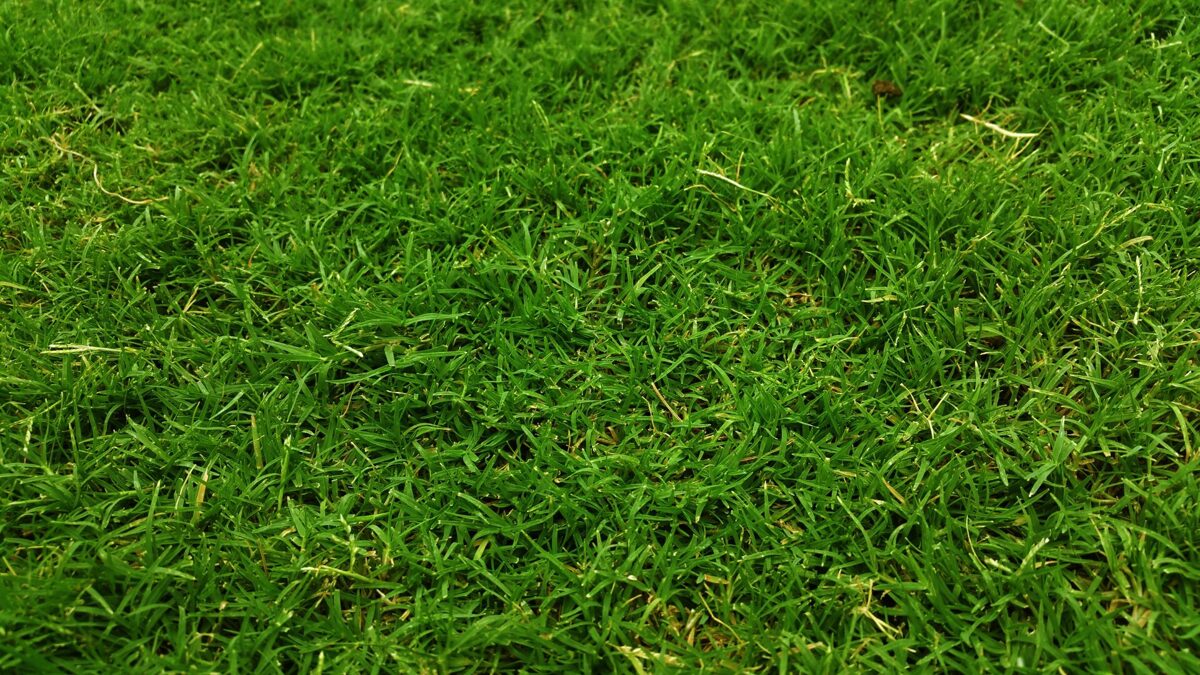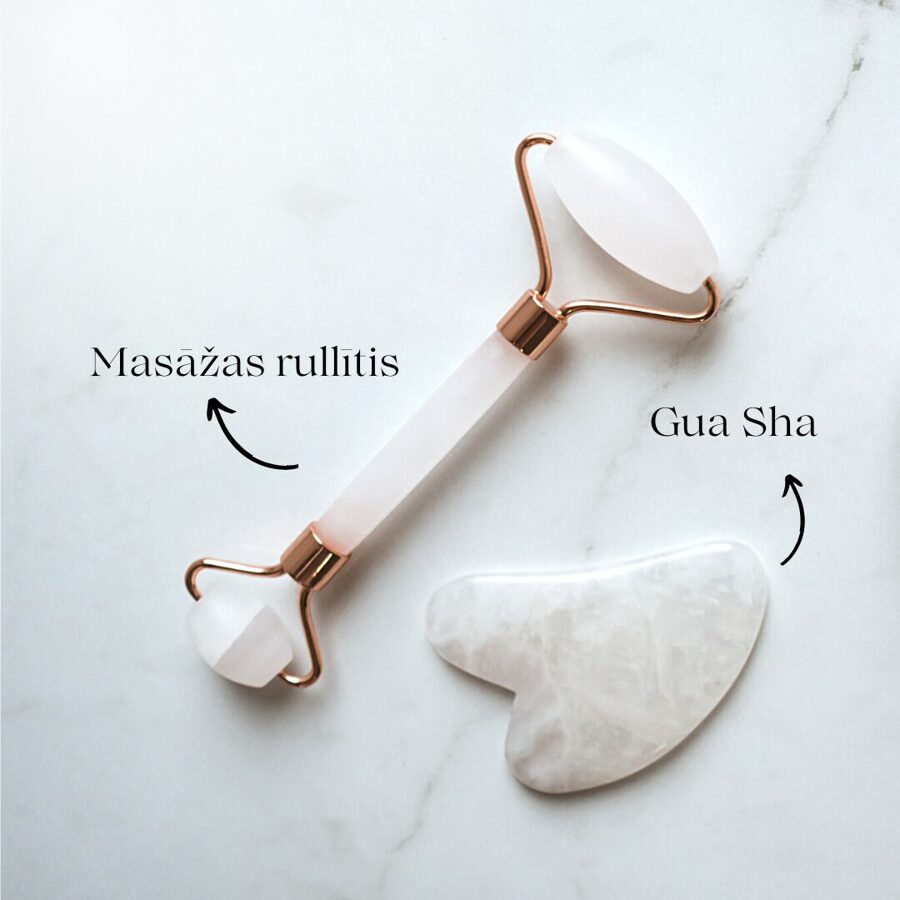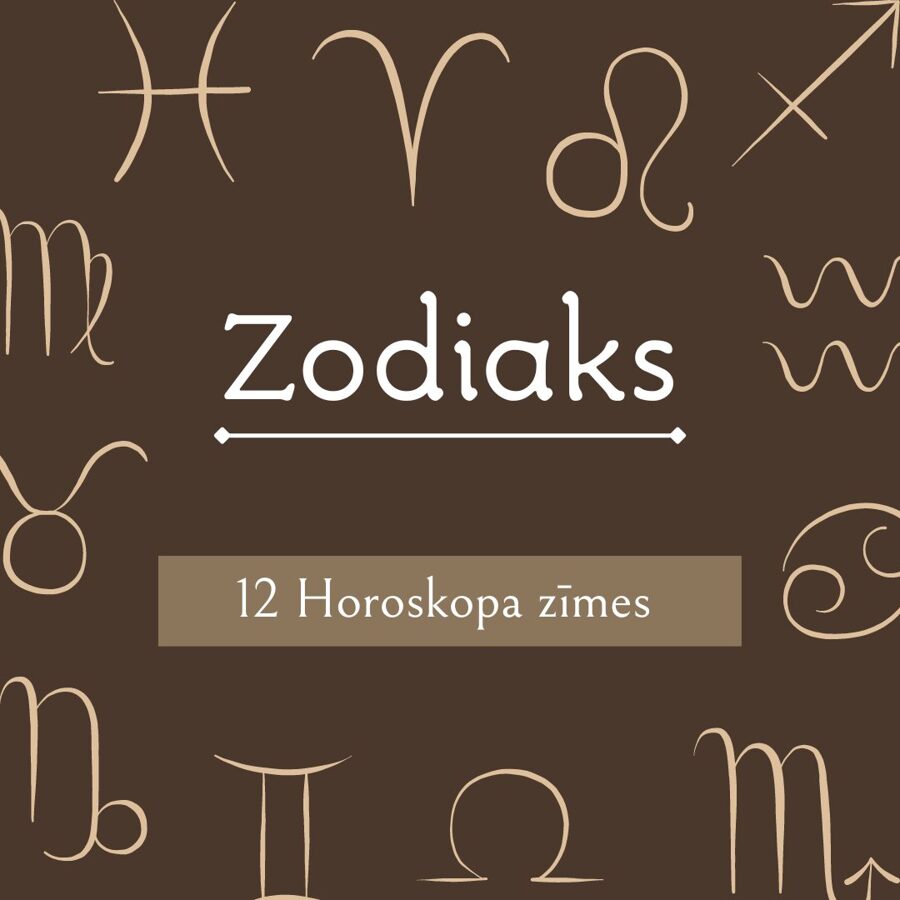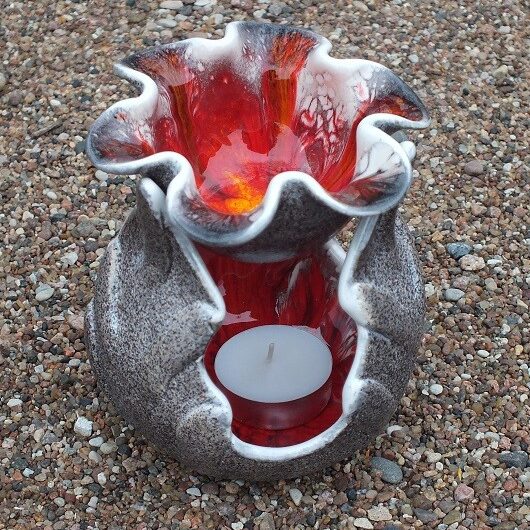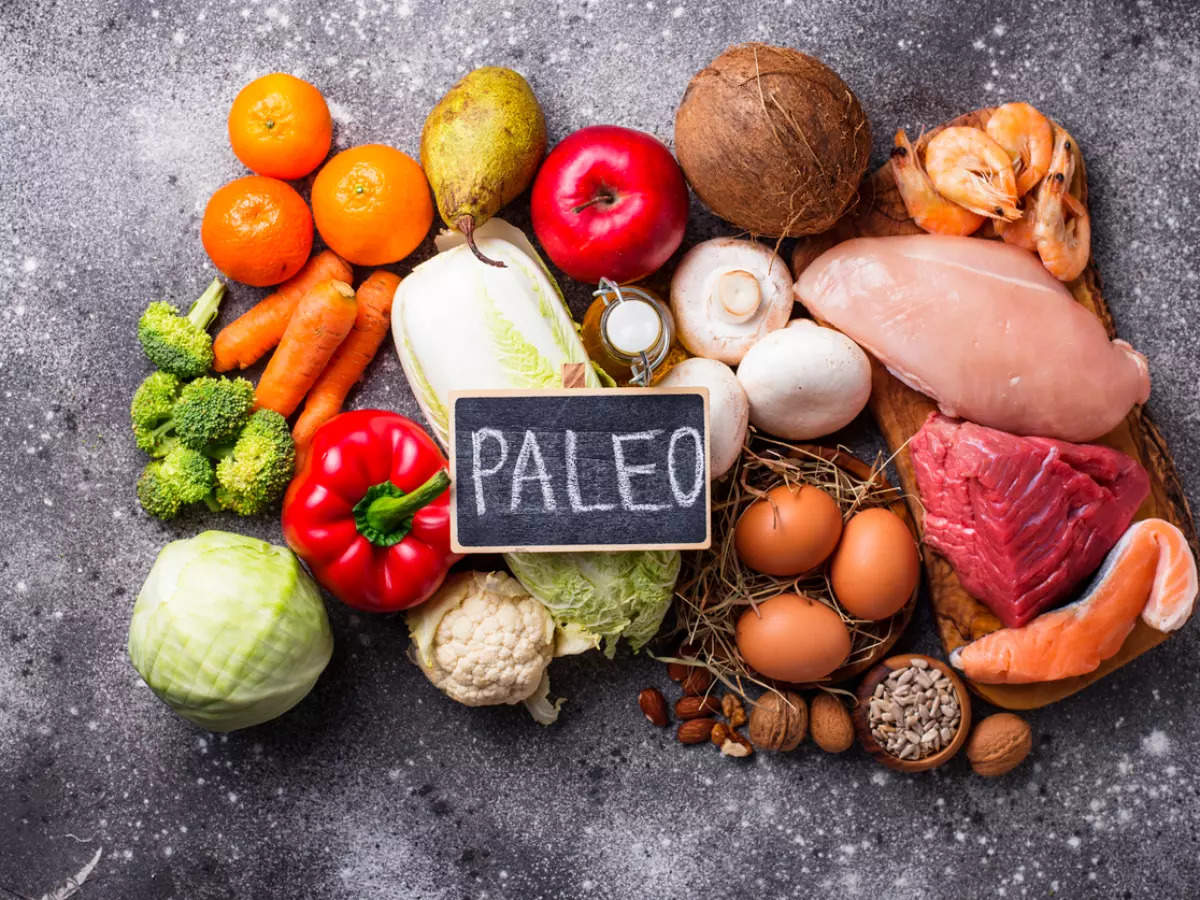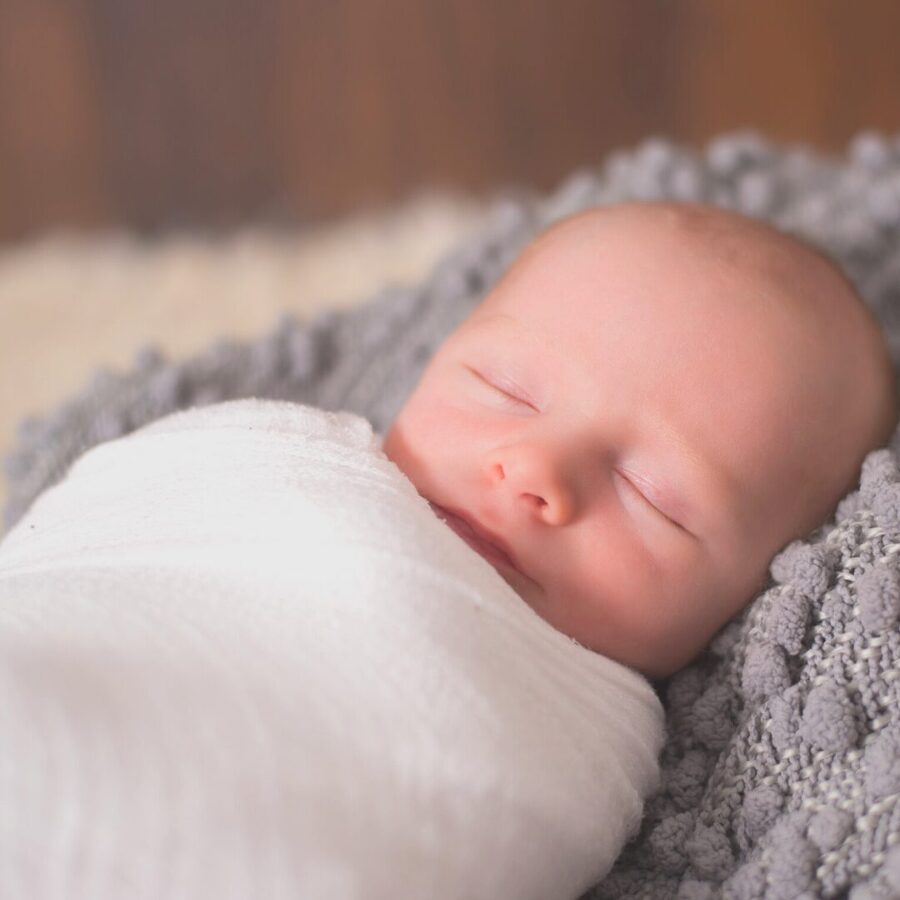The Moon is our planet's only natural companion, orbiting around the Earth in a slightly elongated orbit that also rotates on its axis, so that practically only one side of the Moon can be seen from Earth.
On the Moon, bodies weigh 6 times less than on Earth, there is no atmosphere and temperatures range from +110ºC during the day to -120ºC at night. The Moon is the most thoroughly explored celestial body, the closest to Earth and the only one that has been visited by humans. It has even been hypothesised that without the Moon, the origin of life on Earth would not have been possible.
The lunar calendar is a timekeeping system based on the cycles of the phases of the moon. It dates back to ancient times and predates the solar calendar, thanks to human observations of the relationship between lunar rhythms and processes on Earth. The beginning of each lunar month coincides with the new moon, each month has 29 or 30 days and, relative to the solar calendar, the beginning of each lunar year moves by 10 to 12 days each year.
The phases of the Moon are the shapes in which we can observe the sunlit parts of the Moon from Earth and depend on the Moon's position relative to the Sun and the Earth. A complete cycle of the moon's phases lasts 29.5 days.
From the new moon until the full moon, the moon grows and takes effect - traditionally, it is recommended to start new works and projects at this time to ensure the success of your endeavours (except for the first lunar day, which is for planning).
But for completing work, finalising projects, summaries and analyses, the period of the waxing crescent moon - from the full moon to the next new moon - is more successful.
The lunar phase change points are critical points in the lunar lunar cycle. As we know, the Moon's gravitational pull draws all the Earth's fluids towards it, causing tides on our planet - this is the result of the Moon's changing phases. And since humans (including animals and plants) are mostly made up of water, this process of changing the phases of the moon also affects us Earthlings, affecting our physical well-being and energy.
Depending on the Moon's position relative to the Sun and Earth, four different phases of the Moon are visible:
- New Moon
- 1st Quarter (Rising Moon)
- Full Moon
- Last Quarter (Descending Moon).
The most energetically sensitive times are the phase changes.
Lunar days do not coincide with calendar days. Their beginning and end, as well as their duration, depend on moonrise and moonset. The first lunar day always starts on the New Moon and can be very short if the moonrise is soon followed by a moonrise. The last lunar day, the 30th, can also be very short or even absent in a lunar month, which also depends on when the New Moon occurs. The starting and ending times of the lunar days can be found in the lunar calendars.
References:
http://tava-pasaule.lv/meness-kalendars/
http://www.astrologi.lv/meness_kalendars/meness-ritmi/meness-cikliskums/



